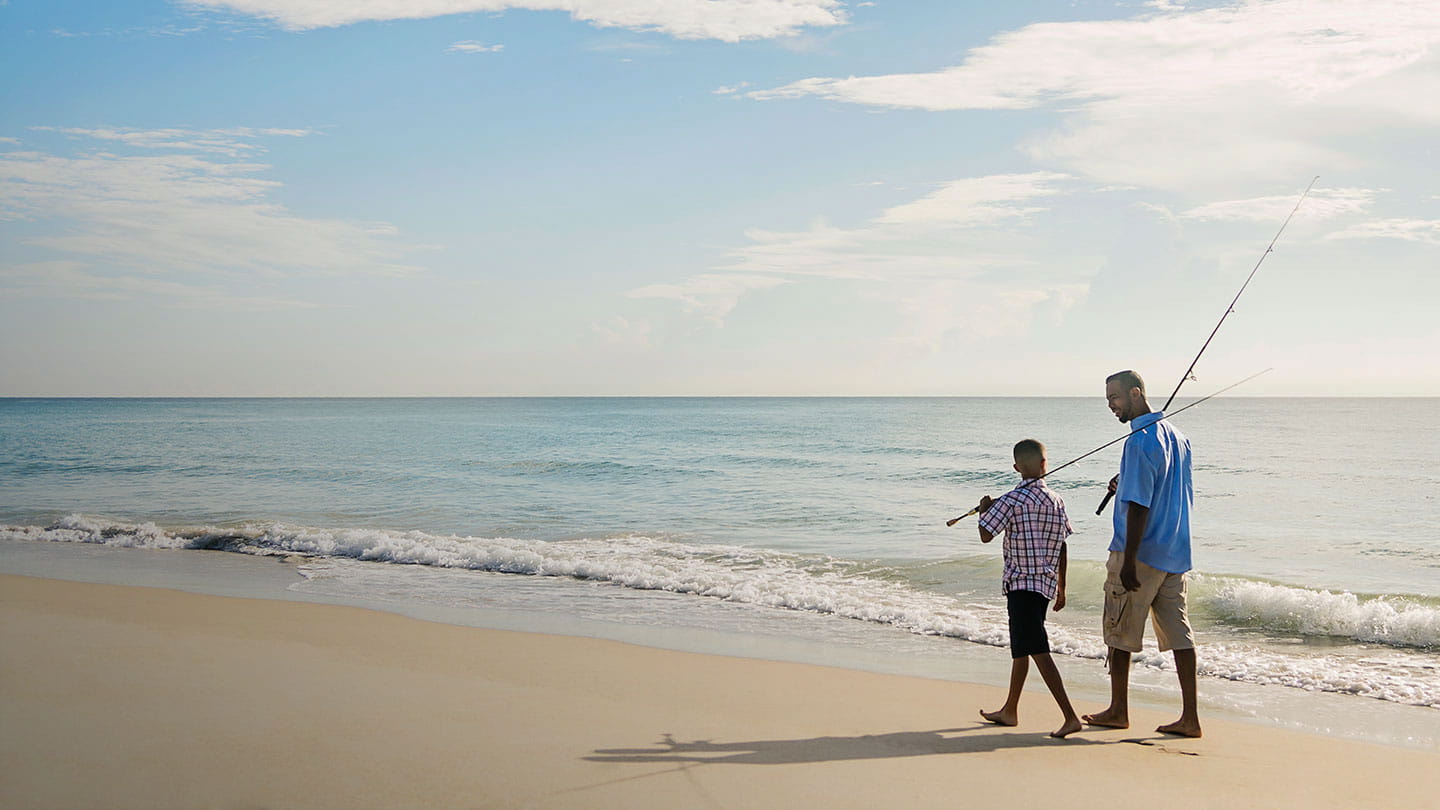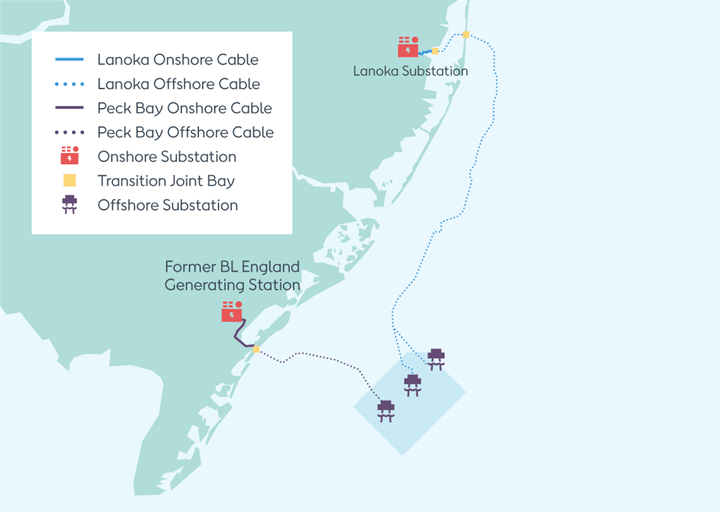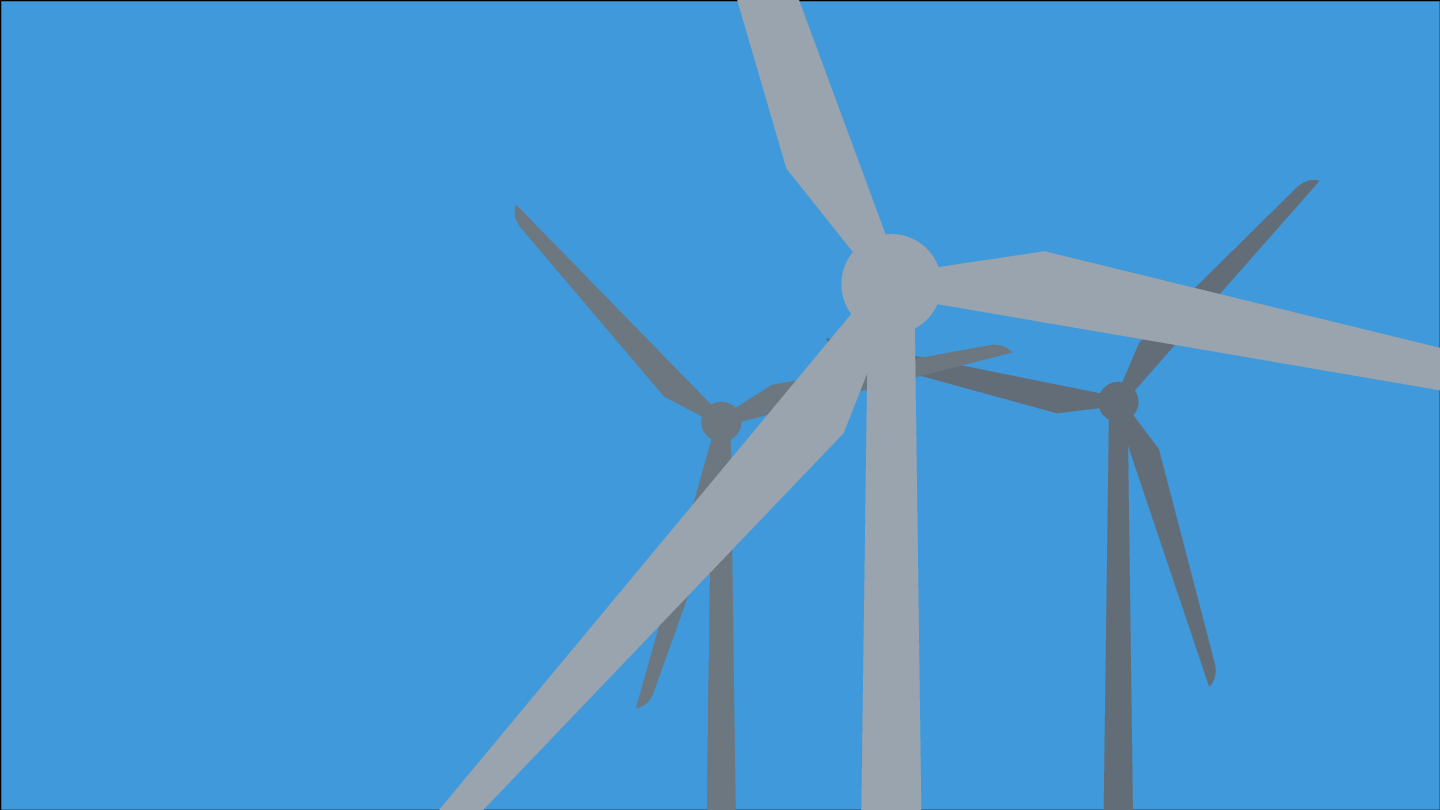Offshore wind farms have a limited impact on marine mammals. While construction and installation activity do produce noise, Ørsted uses noise abatement and mitigation technologies to dampen noise that would otherwise disturb underwater life. Protective measures are employed during all phases of offshore construction.
For example, during pre-construction, we perform high-resolution geophysical (HRG) surveys using equipment that operates at frequencies undetectable by marine mammals. Survey vessels travel at speeds no greater than 10 knots to reduce noise, and marine observers are always onboard to watch for underwater creatures.
More broadly, the offshore wind industry is subject to the highest levels of protection for marine mammals and protected species. Every aspect of our surveys, construction, and operations are reviewed by multiple local, state, and federal agencies. We are also subject to protective conditions, including vessel speeds, time of year restrictions for construction activities, and regulations requiring onboard observers.
This is why there is no evidence linking offshore wind activity to whale strandings. In fact, offshore wind farms have a crucial role to play in protecting whales by fighting climate change, which has caused whales' migration patterns to change. These new patterns put whales at risk of colliding with ships, a common cause of whale deaths.
Ørsted is committed to taking a responsible, nature-conscious approach to developing offshore wind farms. We work closely with scientists, conservationists, and biodiversity experts to ensure the peaceful coexistence of offshore wind and marine wildlife.



